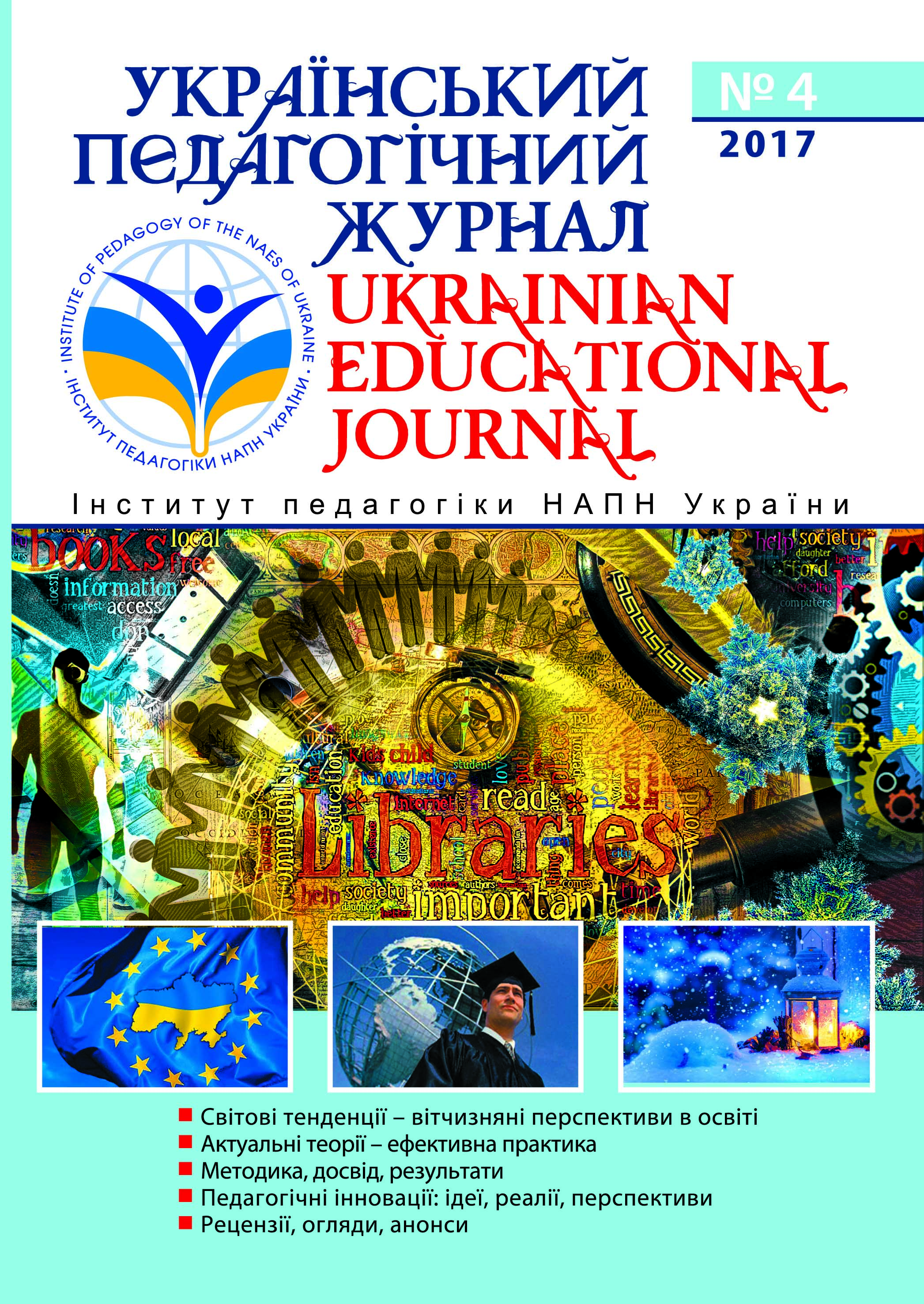Анотація
Статтю присвячено розкриттю сутності релігійної культури і основних її складників як невід’ємного компоненту історії, без урахування ролі, місця та особливостей якого неможливе формування цілісної історичної компетентності учнів 7–9 класів. Включення вищеозначеного складника в систему історичної освіти можливе лише за умови підвищення професійного рівня у відповідній сфері вчителів. У статті представлено дефініційно-структурний виклад основних понять, що стосуються сфери релігійної культури, з декількох позицій: сутнісного та історичного значення для сучасності. Матеріали статті рекомендується використовувати також як основу для подальших власних методичних розробок вчителів

Ця робота ліцензується відповідно до Creative Commons Attribution-NonCommercial-ShareAlike 4.0 International License.

